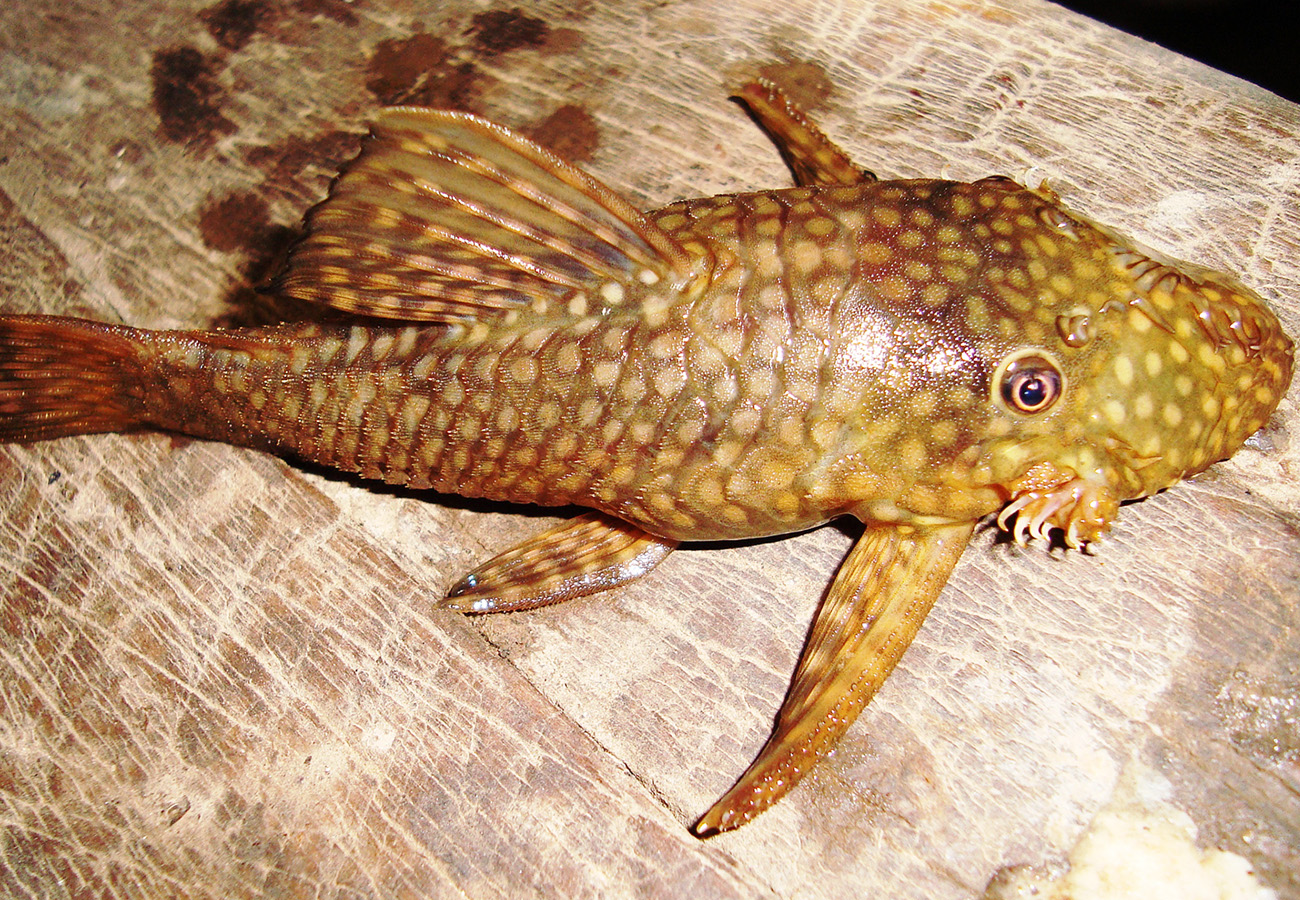Abstract
A second species of the previously monotypic snake genus Parafimbrios is described from Lai Chau Province, northern Vietnam, based both on molecular and morphological evidences. Parafimbrios vietnamensis sp. nov. is characterized by a combination of the following characters: 1) rostral laterally with two raised, curved edges; the upper one, together with a horizontal curved ridge of tissue, separate the rostral from the internasals; 2) nasal in contact zone with rostral with curved raised edge; 3) nasal in contact zone with supralabials each with two small oblique, curved raised edges located above first and second as well as above second and third supralabials; 4) suture between the internasals much longer than that between the prefrontals; 5) supralabials 8, with the first four bearing raised edges; 6) infralabials 7; mental and anterior three to four infralabials with raised edges; 7) temporals 4+4–5; 8) 35–33–29 dorsal scale rows; 9) laterally rounded ventrals 164; 10) unpaired subcaudals 49; 11) total length of at least 266 mm in males (with a tail length of 44 mm, and a tail / total length ratio of 0. 165). This discovery brings the total number of taxa of the family Xenodermatidae in Vietnam to seven species: Achalinus ater, A. rufescens, A. spinalis, Fimbrios klossi, F. smithi, Parafimbrios lao, and P. vietnamensis.
References
Dowling, H.G. (1951) A proposed standard system of counting ventrals in snakes. British Journal of Herpetolog, 1, 97–99.
Figueroa, A., McKelvy, A.D., Grismer, L.L., Bell, C.D. & Lailvaux, S.P. (2016) A species-level phylogeny of extant snakes with description of a new colubrid subfamily and genus. PLoS ONE, 11, 1–31.
https://doi.org/10.1371/journal.pone.0161070
Hillis, D.M. & Bull, J.J. (1993) An empirical test of bootstrapping as a method for assessing confidence in phylogenetic analysis. Systematic Biology, 42, 182–192.
https://doi.org/10.1093/sysbio/42.2.182
Le, M., Raxworthy, C.J., McCord, W.P. & Mertz, L. (2006) A molecular phylogeny of tortoises (Testudines: Testudinidae) based on mitochondrial and nuclear genes. Molecular Phylogenetic and Evolution, 40, 517−531.
https://doi.org/10.1016/j.ympev.2006.03.003
Nagy, Z.T., Sonet, G., Glaw, F. & Vences, M. (2012) First large-scale DNA barcoding assessment of reptiles in the biodiversity hotspot of Madagascar, based on newly designed COI primers. PLoS ONE, 7, 1−11.
https://doi.org/10.1371/journal.pone.0034506
Nguyen, T.Q., Pham, A.V., Nguyen, S.L.H., Le, M.D. & Ziegler, T. (2015) First country record of Parafimbrios lao Teynié, David, Lottier, Le, Vidal et Nguyen, 2015 (Squamata: Xenodermatidae) for Vietnam. Russian Journal of Herpetology, 22, 297−300.
Peng, L., Yang, D. & Huang, S. (2017) Mitochondrial genome of common burrowing snake
Achalinus spinalis (Reptilia: Xenodermatidae). Mitochondrial DNA Part B, 2, 571−572.
https://doi.org/10.1080/23802359.2017.1365643
Posada, D. & Crandall, K.A. (1998) MODELTEST: testing the model of DNA substitution. Bioinformatics, 14, 817–818.
https://doi.org/10.1093/bioinformatics/14.9.817
Ronquist, F., Teslenko, M., van der Mark, P., Ayres, D.L., Darling, A., Höhna, S., Larget, B., Liu, L., Suchard, M.A. & Huelsenbeck, J.P. (2012) MrBayes 3.2: efficient Bayesian phylogenetic inference and model choice across a large model space. Systematic Biology, 61, 539–542.
https://doi.org/10.1093/sysbio/sys029
Simmons, J.E. (2002) Herpetological collecting and collections management. Revised edition. Society for the Study of Amphibians and Reptiles. Herpetological Circular, 31, 1–153.
Swofford, D.L. (2001) PAUP*. Phylogenetic Analysis Using Parsimony (* and Other Methods). Version 4. Sinauer Associates, Sunderland, Massachusetts. [software]
Teynié, T., David, P., Lottier, A., Le, M.D., Vidal, N. & Nguyen,T.Q. (2015) A new genus and species of xenodermatid snake (Squamata: Caenophidia: Xenodermatidae) from northern Lao People’s Democratic Republic. Zootaxa, 3926 (4), 523–540.
https://doi.org/doi.org/10.11646/zootaxa.3926.4.4
Thompson, J.D., Gibson, T.J., Plewniak, F., Jeanmougin, F. & Higgins, D.G. (1997) The ClustalX windows interface: Flexible strategies for multiple sequence alignment aided by quality analysis tools. Nucleic Acids Research, 25, 4876−4882.
https://doi.org/10.1093/nar/25.24.4876
Vidal, N., Delmas, A.-S., David, P., Cruaud, C., Couloux, A. & Hedges, S.B. (2007) The phylogeny and classification of caenophidian snakes inferred from seven nuclear protein-coding genes. Comptes Rendus Biologies, 330, 182–187.
https://doi.org/10.1016/j.crvi.2006.10.001
Ziegler, T., David, P., Miralles, A., Doan, K.V. & Nguyen, T.Q. (2008) A new species of the snake genus Fimbrios from Phong Nha–Ke Bang National Park, Truong Son, central Vietnam (Squamata: Xenodermatidae). Zootaxa, 1729, 37–48.

